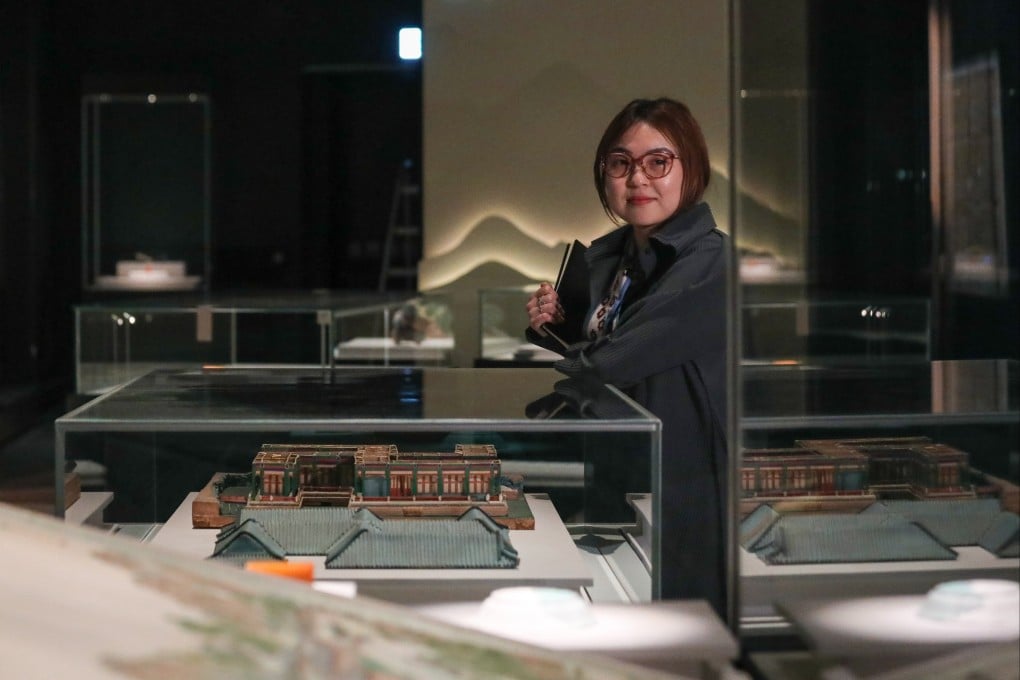Heritage architectural models of Beijing’s Old Summer Palace structures to go on display in Hong Kong for first time
- Models to feature in new exhibition titled ‘The Hong Kong Jockey Club Series: Yuan Ming Yuan — Art and Culture of an Imperial Garden-Palace’
- Artefacts are part of the Yangshi Lei Archives, a body of architectural work recognised by Unesco, and part of nearly 200 prized relics from Beijing

Heritage architectural models recognised by a Unesco programme will be displayed in Hong Kong for the first time from Wednesday, providing a glimpse into the extravagance of the imperial residences of the Qing dynasty (1644-1911).
The models are part of about 190 prized artefacts from Beijing’s Palace Museum arriving in the city as part of a new exhibition titled “The Hong Kong Jockey Club Series: Yuan Ming Yuan — Art and Culture of an Imperial Garden-Palace”.
Produced for emperors’ approval before construction began, these 150-year-old models showed both the interior and exterior of the structure, complete with a detachable roof and labels detailing the number of rooms, measurements and directions.

“Looking at these models is like engaging in a dialogue with their designers. It gives us the perspective of emperors from ages past,” said Li Yumeng, researcher at the department of heritage architecture at the Palace Museum, adding the models helped shed light on centuries-old construction practices.
“The visual impact of a physical historical object can also enhance Hong Kong viewers’ understanding of Yuan Ming Yuan,” Li added, referring to the imperial residence that was once celebrated as the “garden of gardens” across the world but was burned down in 1860 during the second opium war by British and French troops.
Its construction required an untold cost, the highest standard of artistry and 150 years to build. The garden was said to have taken 4,000 men three days to burn down due to its scale.
The two models on display – known as tang yang in Chinese or “ironed paper models” according to the World Monuments Fund – were made primarily with paper of different types, glue and wood in about 1874.